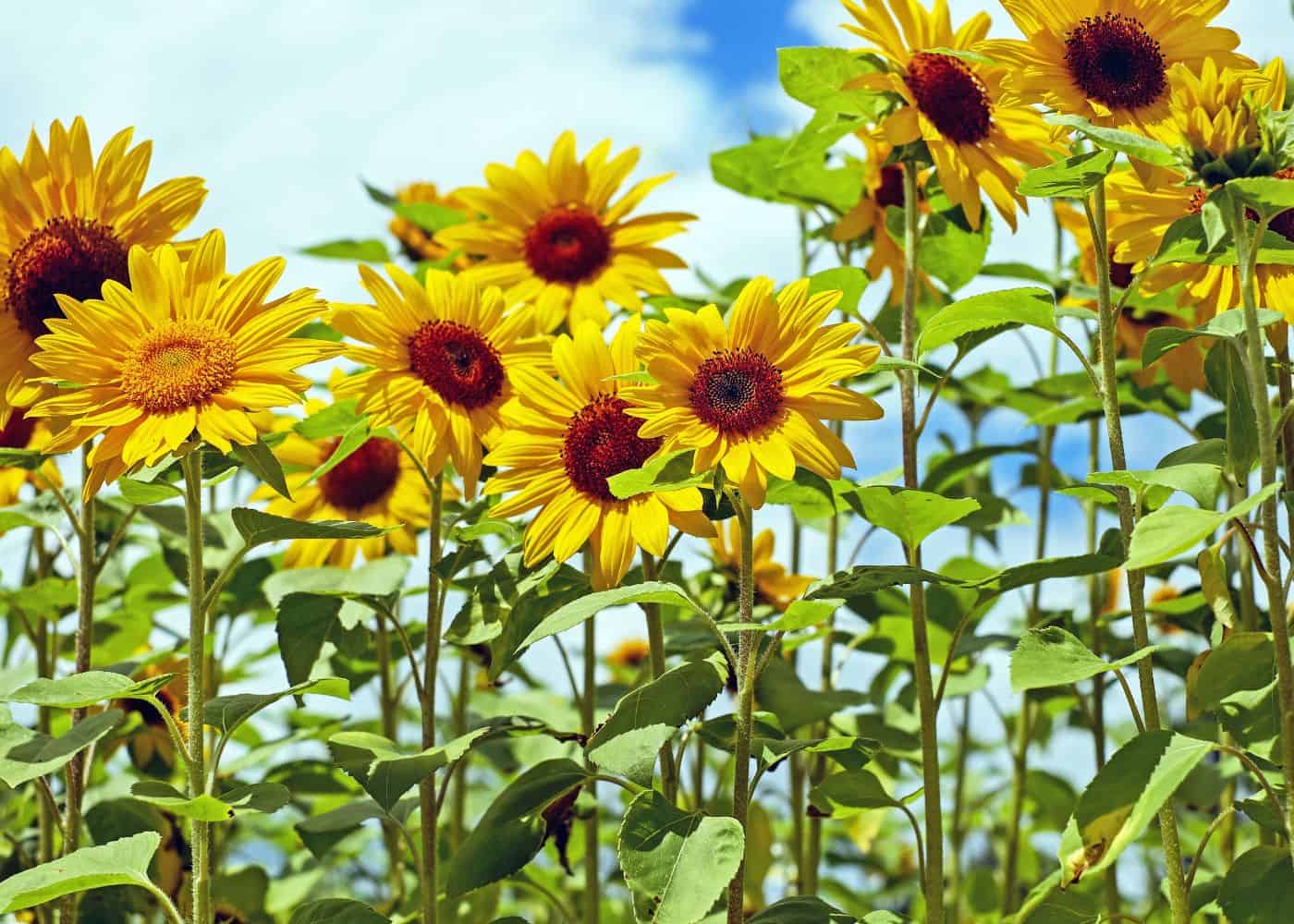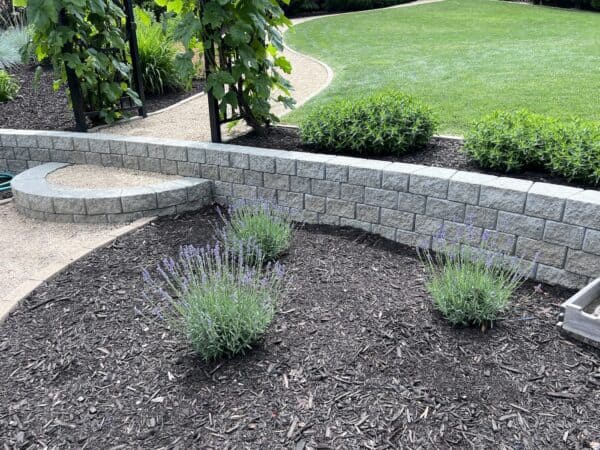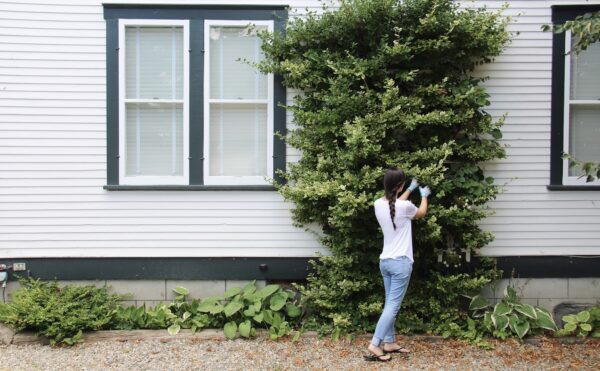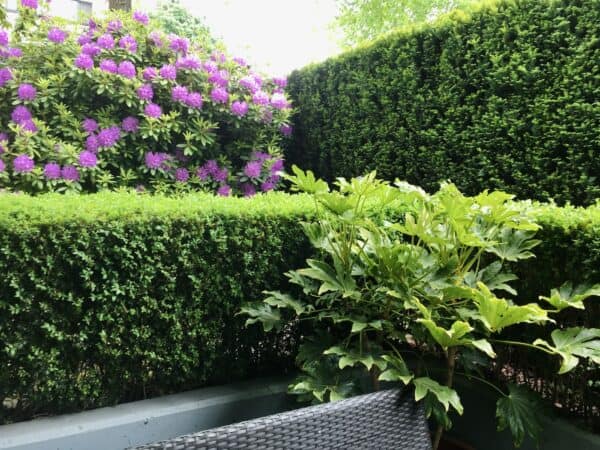A simple and healthy way to brighten up your outdoor space is with plants that are easy to grow in direct sunlight. Fortunately, you don’t need to be an expert gardener to keep beautiful greenery at home. There are plenty of low-maintenance full sun plants you can choose from.
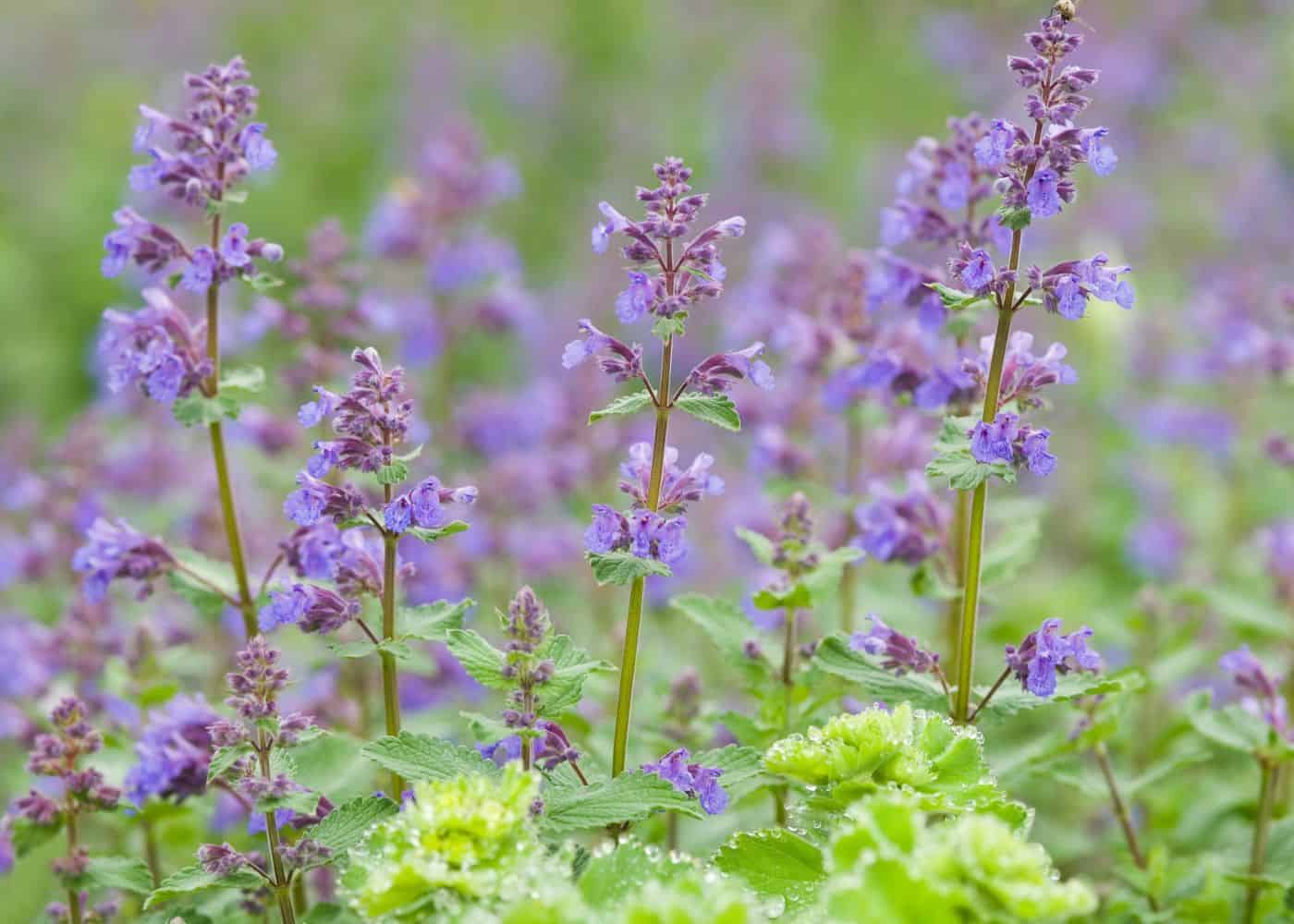
1. Catmint
Catmint is one of the lowest maintenance flowering perennials that can tolerate full sun in most climates. This plant has a long blooming season and there are different cultivars available. One of the most popular is ‘Walker’s Low’.

2. Red chokeberry
Liven up your garden with red chokeberry. These privacy shrubs for full sun have red highlights, which add some easy color to your garden. They grow to anywhere from 6 to 10 feet tall, so they make great replacement fences and keep prying eyes out.
The best part is that you can pick the red berries to make jams and jellies. Watch out though, because they are a bit sour off the tree, and not ideal for raw consumption. Another thing to note is that they are toxic to dogs, so you definitely want to keep your furry friends away.

3. Bur oak
The grandiose frame of bur oak makes it one of the most wonderful feature trees for full sun to have on your property. They require very little maintenance and can easily tower over your home, reaching anywhere from 60 to 100 feet tall. They can also live for over 300 years! The best part is that these oak trees are tough. They are fire-resistant and can survive long droughts.
These trees are also great for accommodating or luring nearby wildlife to visit your property. Bur oak trees produce acorns that are loved by animals such as raccoons, chipmunks, gophers, bluejays, and squirrels. You can even eat the acorns yourself if you roast or boil them.

4. Bearberry
Introduce bearberry to your yard for even more color and texture. As a low-growing perennial that requires very little maintenance, bearberry can often replace grass. It has leathery, dark green leaves. During spring, between March and June, you can also expect to see a small amount of white or pale pink flowers. This groundcover produces cherry-like red berries that are also well-loved by wildlife.
Like with most groundcovers, you can expect bearberry to grow slowly in the beginning. You’ll see a huge spike in the growth rate after the first year, and it’ll quickly spread throughout your yard. Other potential groundcovers for full sun include pigsqueak and creeping juniper.
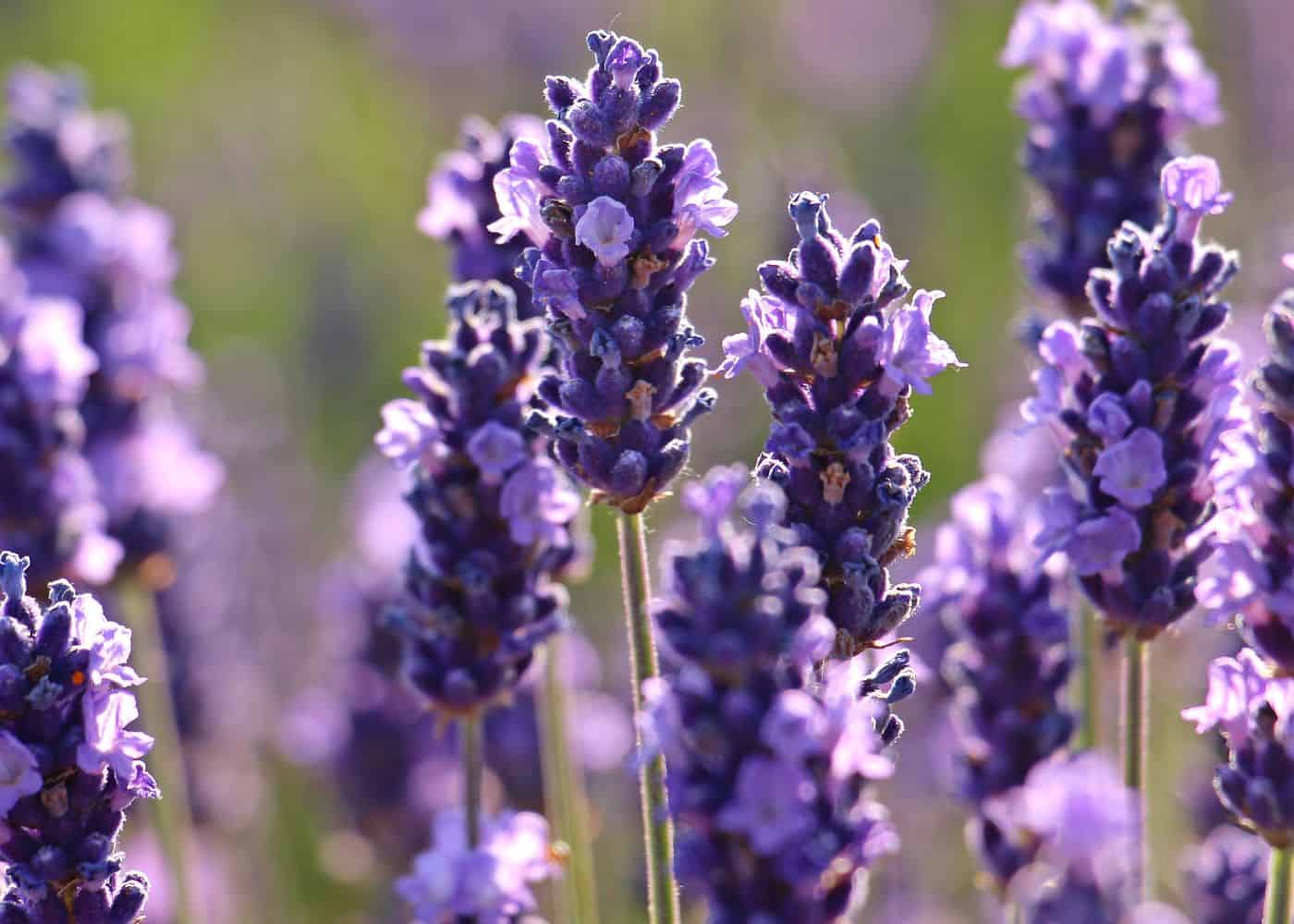
5. Lavender
Whether you want to keep it potted in your home or have it on your lawn, lavender is one of the most popular perennials for full sun. In your yard, this perennial will attract pollinators like bees and butterflies. Lavender also nicely accents your garden and home with its well-known purple tones. The trick to planting lavender is to start in the spring, after the soil has warmed. It’s best to wait for the winter frost to pass. If you don’t have a green thumb, consider getting small starter plants rather than attempting to plant from seed.
You can pick the fresh lavender herb and use it to make bath salts, candles, and spice. Keep your freshly picked lavender in a container or hang it upside down to dry. If you want to preserve the beautiful color of the herb, keep it away from direct sunlight.
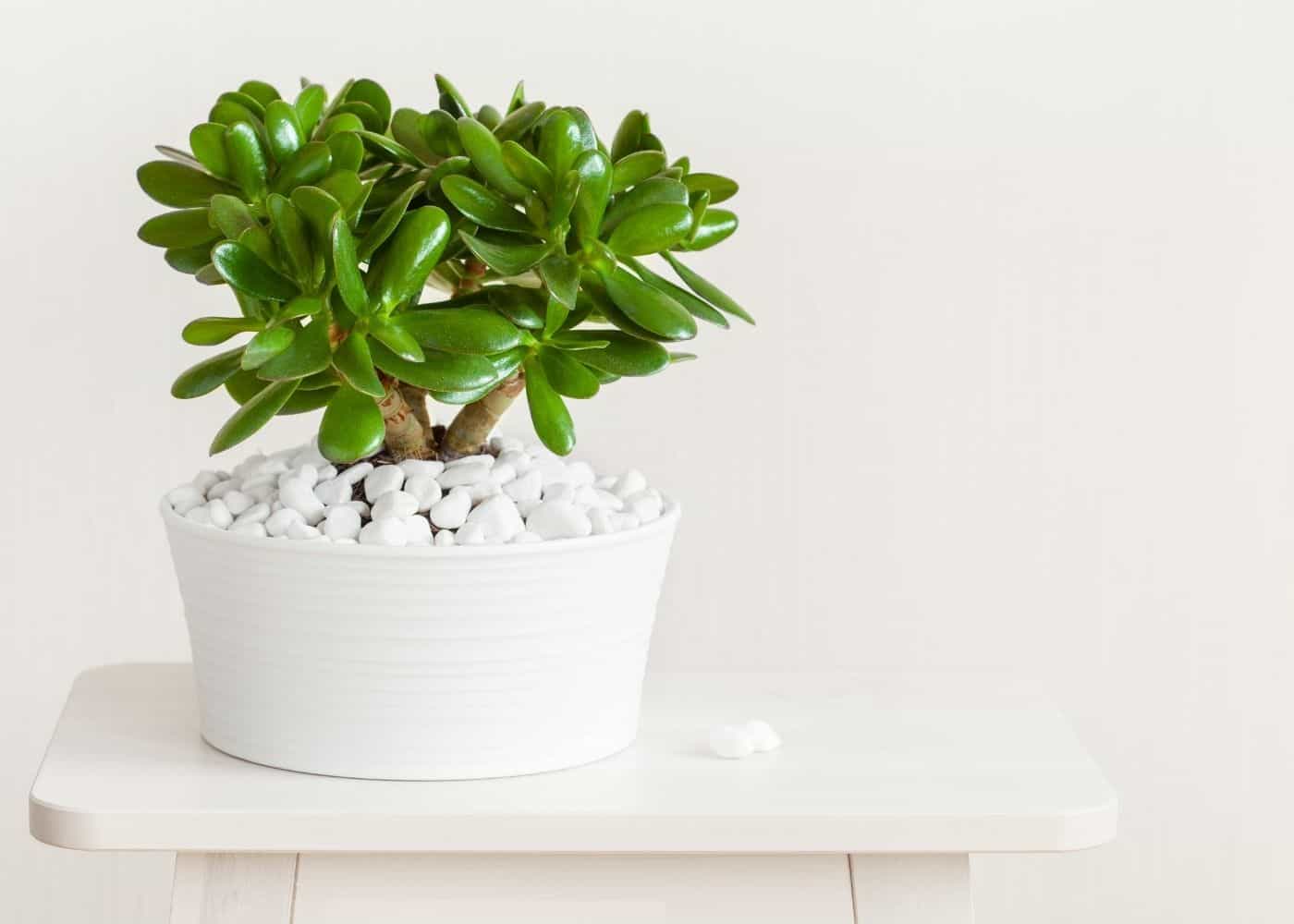
6. Jade plant
If you’re looking for a plant you can keep on your desk to lighten up your mood, you can’t go wrong with jade plant. It has sturdy stems and vibrant jade-colored leaves. This houseplant is ideal for full sun conditions, as it needs at least four hours of sun a day to thrive. It is drought-tolerant, so it’ll survive even if you’re not that diligent with watering it. With that said, you should water it if you notice that the surface of the soil is dry.
Another good thing about jade plants is that they can live for decades. You can bring your beloved plant with you even when you move, as they are hardy and don’t change much year after year. They are known for growing slowly and steadily throughout their lifespans.


